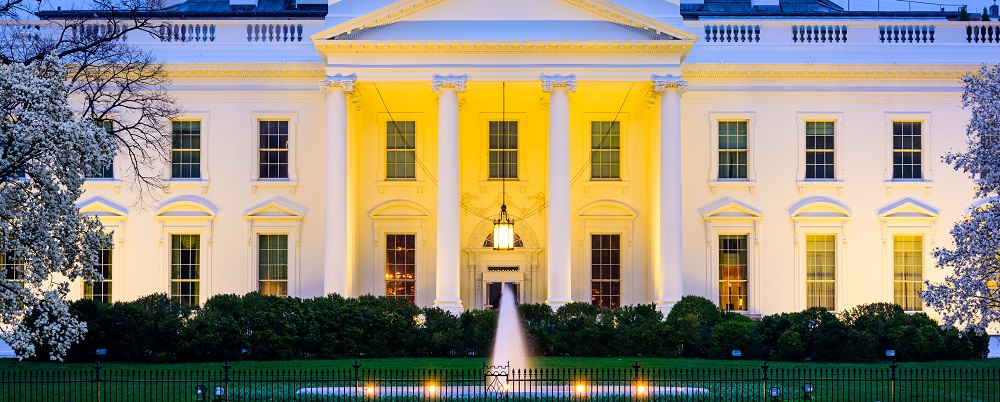Whether you are a middle school student, college student, or an adult just looking for an adventure, historic travel could be just the thing you are looking for!
The term Historic Travel can be so broad, meaning so many different things to so many different people. Historic Travel can mean traveling to the Wonders of the World, to War Sites, to Natural Discovery Sites, to Museums, or even to Government Establishments.
The 10 tips we are going to give you today can apply to any of these types of travel, but to narrow down our point just a little bit more we are going to include examples from one of our favorite Historic Travel hotspots in America: Washington D.C.
Here's how we keep it interesting, educational, and most importantly, here's how we keep it fascinating!
-
- Use NPS
The United States National Park System not only provides countless historic hotspots free to the public, but it also offers free Teaching with Historic Places options. While it is intended to be used for students of all ages, anybody going on a historically themed travel journey can use, and will certainly appreciate, this resource, giving them access to educational and research material, activities, and even lesson plans pertaining to your particular site. You can choose sites by theme, location, time period, activity, or source! So what can NPS TwHP offer you in Washington D.C?
History in D.C - See Specific Examples Here.
'Teaching with Historic Places features the following lesson plans based on sites in and around Washington, D.C. These lessons, based on sites listed in the National Register of Historic Places, explore local landmarks that illustrate Washington's diverse history. The lessons are free and ready for immediate classroom use by students in history and social studies classes.'
- Use NPS
-
- Break out the Textbooks
Okay, so maybe you don't actually still have any of your old History or Social Studies textbooks, but maybe your kid does, or your kids neighbor, or your public library! Besides, there are always online resources available to anyone looking to find information (thank you Google). We suggest you do a little more research on the topic or place you are visiting so that it is even more exciting and immersive when you arrive! Plus, maybe you can teach the people around you a thing or two!
History in D.C - Head to the library or your kid's backpack and pick out any government, politics, or social studies textbook. D.C is in there, trust us.
- Break out the Textbooks
-
- Go Natural
Don't spend your entire history-based travel adventure in old hotels, factories, museums, or other structures. While these are always great places to visit to learn more about history, you need to also be sure to go outside and dig a bit deeper. There will always be natural artifacts from the past, whether they are landscapes, lakes, forests, national parks, or even public parks! Pay attention to the more natural side of things at your destination, wherever that may be!
History in D.C - Half the monuments and public parks in D.C are outdoors, not to mention all the Smithsonian Natural History features throughout the city.
- Go Natural
-
- Look Around
This one is short and to the point. Just look around at your destination. You are sure to see something, learn something, or find something you didn't plan on before! This is a great way to immerse yourself into particular places' history!
- Look Around
History in D.C - Take some time to people watch at the National Mall.
-
- Talk to Locals
It never fails, no matter how much research we tend to do before embarking on our history trip we always encounter a local with a story or two we've never heard before. We suggest you take full advantage of this on your own trip! Find a few locals in a restaurant, market, or anywhere, and make friendly conversation. Ask them about your particular destination; if there are any better ways to see it, if there are any stories you may want to know about, etc. This is always a fascinating and authentic way to learn about new places!
- Talk to Locals
Travel can be so much more, when you get off the beaten path, talk to locals, take notes, and use travel as a learning tool. - Unknown
-
- Grab Brochures
Most of the time brochures can be mostly space wasters in your suitcase or souvenirs from your trip, overall useless in our case most of the time, but if you use brochures as actual learning tools at your historic spot, you can gain a lot of knowledge in a little time! You don't necessarily have to take the info packet home with you if you don't want to, just find a nice quiet spot to read or skim through any brochures in the city you are visiting or at your particular attraction!
History in D.C - Make a b-line to the U.S Capitol Visitor Center or White House Visitor Center and go crazy on the brochure racks!
- Grab Brochures
- Hire Tour Guides
Sometimes it really does pay to pay extra for special attention at your location, especially in the form of trained guides. Whether you are out hiking in a historic natural spot or you are hiking around a history-filled museum, hiring a tour guide is always a really great way to learn extra info, see things others may not, and meet someone new while traveling!
History in D.C - Take advantage of the broad city tour guides such as Guide Service of Washington, Washington D.C Tour Guide, or Private Tours D.C.

Washington, D.C. Tour
- Be a Tourist
It's okay to stop and stare, take too many pictures, or reach into your fanny pack for your brochures on a history-based trip, trust us! (Okay, maybe not the fanny pack part). Being a tourist and doing those typically frowned upon things that tourists do in new places means you that you can actually fully relish that one particular thing you came to see.
History in D.C - One of the most tourist-filled historic spots in D.C is probably the White House, so you'll fit right in during your visit!
The traveler sees what he sees, the tourist sees what he has come to see. Gilbert K. Chesterton
- B&B It
Most historic cities and attractions have Bed and Breakfasts around them, and plenty of them usually! Historic homes can be converted into B&B's, as can most historic buildings in general. Staying in a historic B&B is a great way to put yourself into that particular era both comfort and culture-wise!
History in D.C - Try Mount Vernons Square, you won't regret it!
- Take it Slow
Our last tip is short and sweet: take it slow while taking in all the history around you. To fully see and feel it all, you're going to need to take your time!
Don't forget to check out all the other amazing Travel Tip Blogs in this series!
10 Tips For Flawless International Travel
10 Tips For Fearless Solo Travel
Want more? Stay tuned for the next blog in the series on Group Tours:
10 Tips For Faultless Volunteer Travel.

